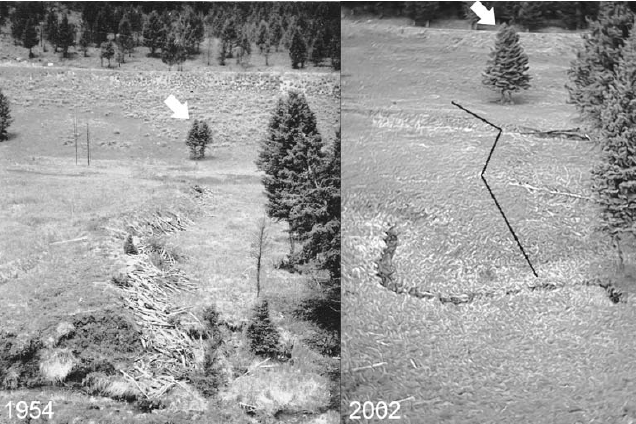Unlocking the biogeochemical role of beaver in state-transition of landscapes in Yellowstone's northern range: Tantalizing insights, initial results, and evolving research design
Abstract
Extirpation of wolves from the Greater Yellowstone Ecosystem in the 1920s hypothetically triggered a trophic cascade in which herbivores over-browsed riparian zones once released from the fear of wolf (Canis lupus) predation. Eventually, vast meadow-wetland complexes transitioned to grass-lodgepole systems. By 1954, beaver (Castor canadensis) virtually abandoned the Greater Yellowstone Ecosystem. In 2000, Colorado State University established experimental dams with browsing exclosures for Long Term Environmental Research in Biology (LTREB) on three streams in Lamar Valley to compare hydrologic effects of pseudo-beaver dams and browsing on willow (Salix spp.) productivity and state transitions. In 2015, beaver began recolonizing the region. I investigate how the biogeochemical role of beaver versus their hydrologic influence affects the underlying mechanisms of state transition: nutrient cycling, productivity, and stream respiration. Analyses of the 2017 field samples showed that beaver streams trend toward higher nutrient levels and higher variances than the LTREB sites. These trends continued in 2018 and 2019. The data tentatively support the role of beaver as keystone species in state transitions. Interannual modeling of nutrient dynamics, comparisons of stream metabolism, and genetic identification of microbial communities are underway. Similarly, analyses of the repeated measures collected across the month of July 2019 are underway.
Featured photo from figure 1 in report.

